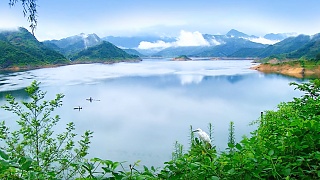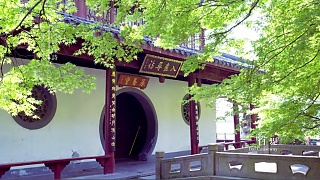Explore GuiZhou; in particular, the villages and culture of the Miao ethnic people.
With CCTV's Travelogue ...
[640],shadow=true,start=,stop=

Live more ...
 GuiZhou 贵州 province – Travelogue
GuiZhou 贵州 province – TravelogueExplore GuiZhou; in particular, the villages and culture of the Miao ethnic people.
With CCTV's Travelogue ...


|
Bonus film - the Great Wall near Beijing in 4K ...
|

|
Hángzhōu lies in ZheJiang province
|

|

|
With Reporterfy Media ...
|

|
If you have not yet been to China, how to communicate might be a concern. This video is by a popular travel blogger discussing just this, after six months in China ...
|

|
Mind control is not only very real; it is everywhere.
It is simply controlling what you 'know'.
With MagnatesMedia ...
|